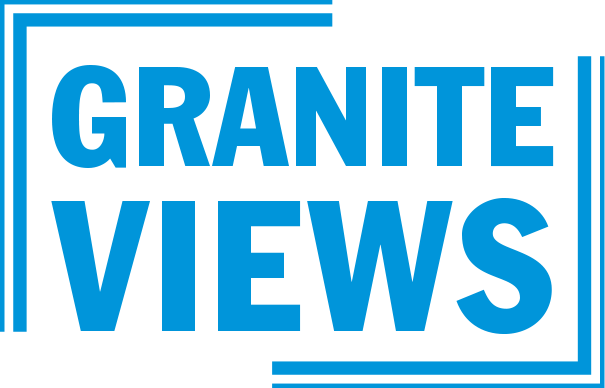Perhaps more than any other time of year, New Year’s Day is when we are most conscious of the very passage of time. The sentiments of the day bid us both look back and look ahead. Janus, the Roman god of beginnings, gates, transitions, time, duality, doorways, passages, frames and endings, even lives on in the name given the first month of the year. The Scottish song many struggle to sing at midnight New Year’s Eve, “Auld Lang Syne,” carries the meaning “Long old times,” and prompts us to reflect on the times past that bring us to this time. Perhaps that is why this year I received so many “Happy New Year” text messages from old friends from whom I had not heard for many years.
This New Year has, however, brought an especial opportunity to reflect on time: Witness the many media sources that carried, in one form or another, the headline “A Second Pandemic Year.” Like the first, this second pandemic year has altered our experience and measurement of time. Yes, it has slowed things down, kept us at home or at least closer to it, but it has also given us new ways to mark its passage: ways that are linked to the pandemic. As many families gathered this holiday season, they acknowledged when last they were able to do so because of the pandemic. In addition, how many Thanksgiving dinners, holiday parties and other gatherings were canceled or at least reduced in attendance owing to a positive Covid test result? Such are the new markers of the times, along with, of course, the occasions of sickness or death of family members and loved ones.
In ancient folk traditions, mask wearers would gather and dance, a practice that developed in the 16th century into what was known as a “masque.” At such events, the wearing of a mask granted anonymity to a person, and although the designs of the masks could differ in ornamentation and style, all who were wearing them knew they had something in common despite those differences. Might we mask-wearers now be living through a modern version of a masque?
Perhaps at New Year’s Day 2023 we shall be able to look back to these long ago mask-wearing times and reflect on the masque of which we have all been a part. St. Augustine once wrote, “What then is time? If no one asks me, I know what it is. If I wish to explain it to him who asks, I do not know.” Might we know better the time this time next year?

